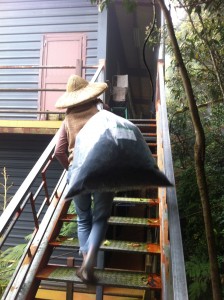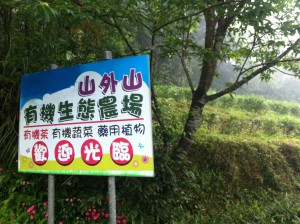
Last week, I paid a visit to 山外山有機生態茶園農場, (roughly translates as Mountain Outside Mountain Organic Ecosystem Tea Farm. I will refer to it as SWS for the remainder of this post). As my experience with tea farms and organic tea farms continues to grow, I am starting to appreciate the individual stories that each has to tell, yet how they also come together in a more generalized narrative of the industry’s trends. SWS is one of the largest and well-established organic tea farms in Taiwan.
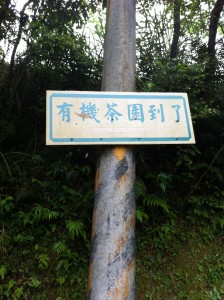
SWS is a particularly beautiful place and the evolution of the farm to its current state is a good anecdote for discussing organic farming in Taiwan. Located in a remote part of the low mountains outside Taipei, members of SWS generally claim that they are on the highest point of elevation between Pingxi and Pinglin. While I couldn’t actually confirm this, I think it is a close enough approximation. SWS is on top of a ridge, high enough to be well-shrouded in the mists that hugged tight to the mountain tops the day that I visited.
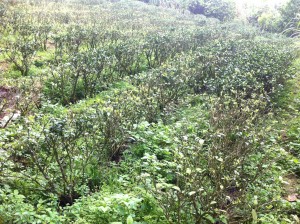
Many farmers struggle with finding an appropriate location, or cannot convert to organic farming due to the location that they already have. In order to use organic practices, the land must be protected from influences of regular farms – pollution of non-organic fertilizer and pesticides will disrupt the aim of a more balanced “ecosystem” cultivation method. Pests that are ousted from the neighboring farms may all cluster in the non-pesticide organic region, stretching the ability of “natural” methods to curb their numbers (traps, encouraging predators). Direct pollution may also contaminate the organic crops, and if high enough levels are detected, they may not be able to pass “organic” certification standards. When it comes to Taiwan, and tea farming in Taiwan, the most common way that organic farms find a way to do this is often by positioning on a mountain top – thus avoiding run-off from farms upslope. In areas that are less steep, farmers may use distance and plant buffer zone trees.
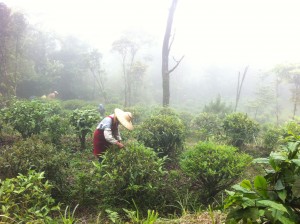
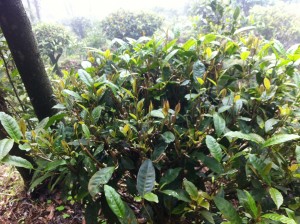
SWS got its start more than six years ago (although I did not get an exact year from anyone, nor do they provide one on their website), and registered with the government in 2009 as having completed the transition period to become fully “organic”. Today’s successful organic farms often got their start at least 10 years ago. Successful organic agriculture takes time in order to get established, including the required “transition” period before they can obtain certification. Crossing through that initial transition threshold requires no small amount of determination. At the time that these first farms were getting started, the concept of “organic” was often laughable or unheard of. At 16 hectares, SWS is the second largest plot of land certified as organic and dedicated primarily to tea farming. The true heart of the organization in not a business venture, but love and devotion to a cause. Like many other aspects of the organic and environmental movements in Taiwan, SWS is actually deeply connected with Buddhism and the core members are Buddhist monks.
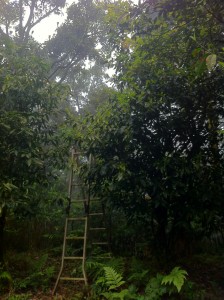
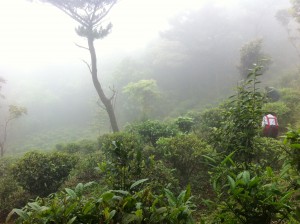
However, not everyone involved in the success of SWS is Buddhist monk, nor even a practicing Buddhist. The evolution of the farm to the relatively successful and productive organization it is now required years of trial and error. During those years, a community of volunteers interested in the cause provided manpower to set up and maintain the farm. Those who wished to escape the bustle, noise and pollution of Taipei and donate some time to SWS would carpool for the hour-long ride out to help pull weeds and till soil. As the first crops came in from harvest, SWS members sold door-to-door. After hearing the story of SWS, buyers generally pitched in to help support its cause, as opposed to being enticed by the quality or price of the produce.
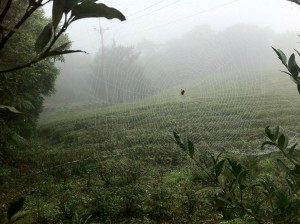
Currently, a staff of about 10-12 people live on the farm. Their days are comprised mainly of the manual labor tending the farm (which is usually more intense for organic than non-organic techniques), and studying Buddhist teachings. Along with tea, SWS also had plots of a variety of other vegetables mainly for subsistence, but some crops produce enough for external sales as well.
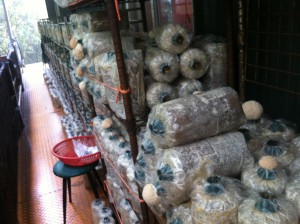
Overall, organic production rates continue to be much lower than regular farms. Someone quoted some estimates for me a while ago and I remember it being a reduction by about half, if not more. While the increased market price of organic products is set to compensate for low yields, crossing the line into profit and long-term success is still tricky. Organic teas, from my experience and the opinions of others, are not as good in flavor qualities as other Taiwanese teas. A more expensive, lower quality product is simply bound to face difficulties in the competitive market of the tea industry. Furthermore, the unpredictability of harvest seems to be even higher for those employing more natural methods, as the ecosystem-based cultivation may be readily influenced by other environmental cycles. I spoke with one company that said they did not make any tea this past winter because the weather had not been suitable for the plants (I believe their farm is near Alishan).
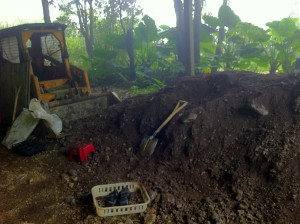
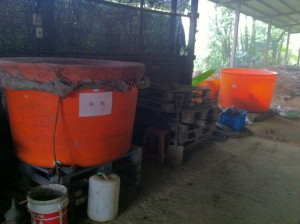
Yet people that I spoke with connected to SWS seemed to accept the precariousness of their situation without great concern. Firstly, the primary purpose of the farm is not to make a large profit. Of course, while I have not seen the bank accounts of SWS to verify the sources and destinations of their money, having largely moral, (as opposed to for-profit) motivations would relieve certainly relieve pressure for financial success. Secondly, as I mentioned previously, support for SWS is spread out over a wide network. These supporters provide the promise of faithful future customers, and should things really take a down turn, likely donations of money and time. Thus, maintaining and expanding this support network is an integral part of the work that SWS.
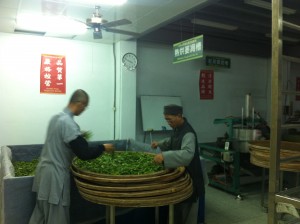
Within the past few years, SWS has opened their farm up to the broader community, hosting visitors of all kinds. This is not a strategy unique to SWS; from what I can tell, many of the larger organic farms are open to visitors. This helps provide an alternate source of income (charging for services related to visitation) but probably more importantly expand their customer and support base. Again, the success of organic agriculture currently seems to lie mostly on support from consumers who believe in the cause. For SWS, summer is the busy season, which may have groups coming every weekend. Usually, SWS hosts classes for tea culture and Buddhism and pairs them with meals and tours of the farm.
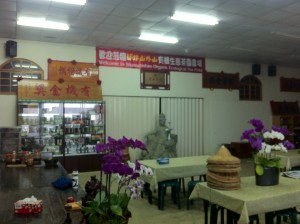
The big question, of course, is the future of organic tea farming. I don’t have a good answer, nor even a good guess yet, but here are some of things that I am continuing to think, ask and write about: advancements in technology, spread of skill and technique, the growth of support for the organic movement, the potential for market beyond those “converted to the cause”. This post brushed on lots of topics that I hope to explore in more detail soon.
